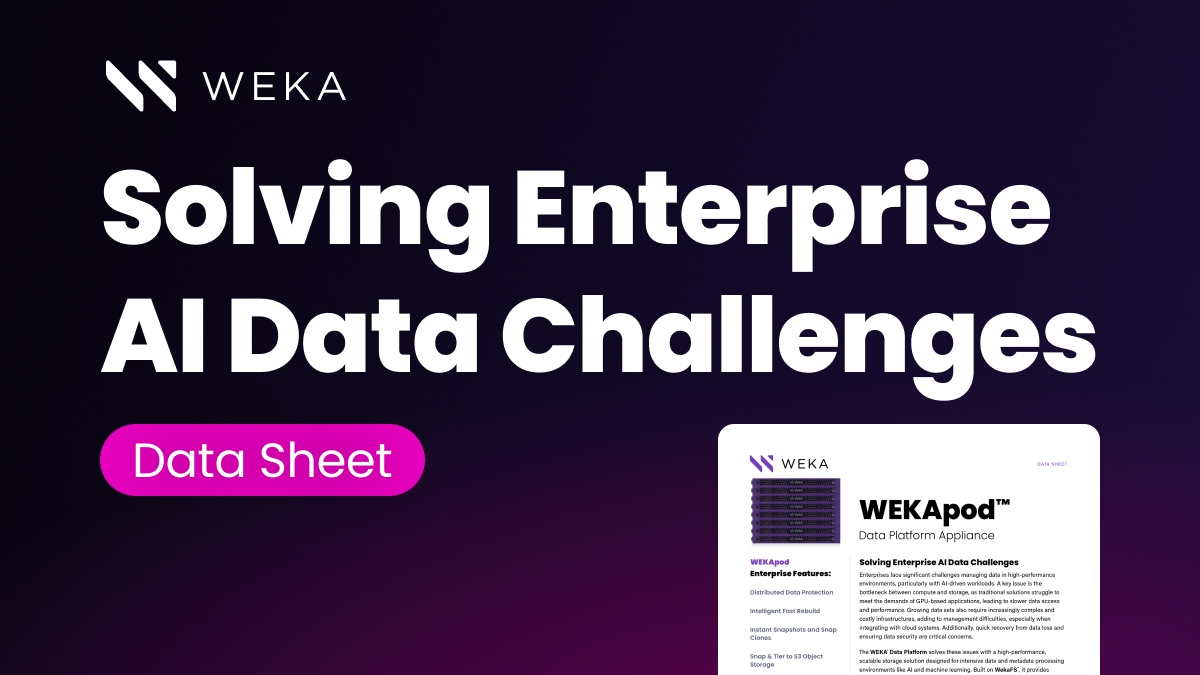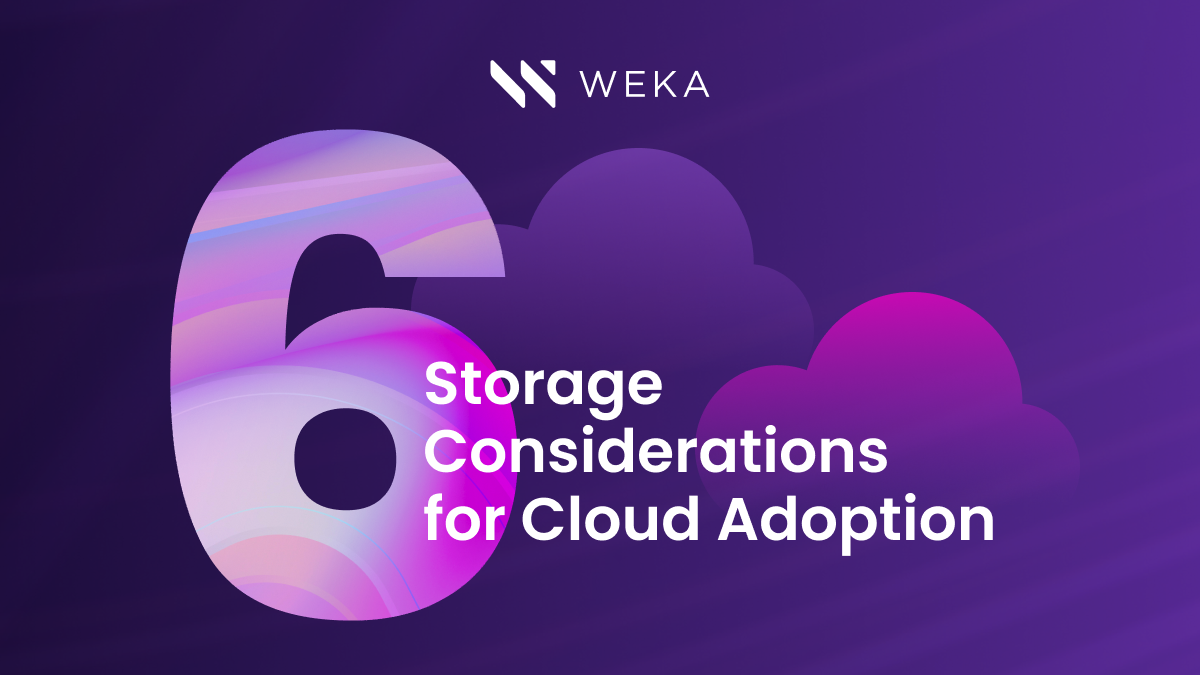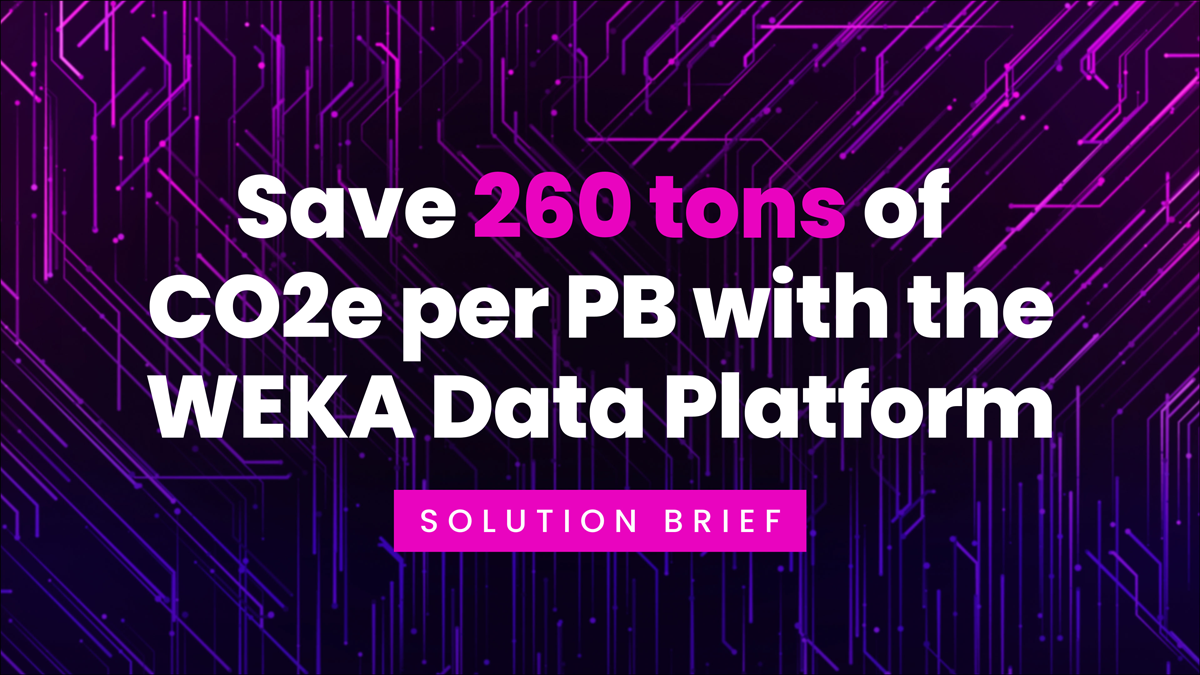DataOps (Principles & Best Practices)

Are you wondering about DataOps? We explain what DataOps is, its guiding principles, and best practices for DataOps in your organization.
What is DataOps? DataOps, short for Data Operations, is a set of processes that focuses on data managers and data consumers collaborating within an organization. This collaborative approach improves communication, integrations, and data flow automations and helps create business value from big data.
DataOps, DevOps, and Software Development
DataOps is a paradigm for business and technical processes focused on delivering agile and accurate analytics. As an operational paradigm, it emphasizes the work of developers, data engineers and scientists, and business leaders to help streamline how data is used for practices like application development or logistical management. DataOps isn’t a self-contained program or technology, but rather a system of rules, policies, technologies, and people prioritizing the availability of data throughout an organization.
At the heart of DataOps is conceptualizing and realizing how people interact with and through data. Many business and technical leaders in popular culture will refer to modern commerce and infrastructure as “data-driven.” However, it is important to understand that using data for business processes and building organization operations around management and governance are two different things.
DataOps has several significant influences, including the following:
- Agile Application Development: Agile development was a significant shift in thinking about how we build complex applications. Instead of following traditional development models emphasizing collections of individual programmers working on discrete parts of a program, agile development relies on collaboration and real-time analysis of the actual development to make the process more responsive. Agile development uses ideas like “sprints,” or short bursts of activity followed by assessment and revision, to support development as an iterative process.
- DevOps: DevOps, short for Developer Operations, is another new paradigm in development that leverages emerging innovations in automation and cloud platforms. Modern cloud systems have evolved to the point where tasks like automated testing, integration, and deployment of code are now possible. In turn, this kind of automation makes development a more continuous process where deployment time is smaller, bugs are less common, and development and update cycles are significantly reduced.
- Lean Manufacturing (or Development): Lean manufacturing has become a defining shift in how businesses think about complex workloads and waste. Lean manufacturing looks to automation and technology (including analytics) to reduce waste, in terms of time, material, or labor costs, and make operations more efficient.
DataOps, through these lenses, can be seen as the process of applying automation, lean development, communication methods and agile methodologies to DataOps. This allows experimentation with processing, rapid data movement across systems, and ready access to new and emerging insights to fuel innovation and responsiveness in an IT system.
What Are the Costs and Benefits of DataOps?
Like any other initiative or practice, DataOps brings several challenges and benefits to the organizations that adopt it.
Some of the benefits that DataOps brings to your organization include the following:
- Data Availability for All Steps of Your Product Lifecycle: The clearest and most important benefit of a DataOps infrastructure is that you bring up-to-date information and analytics to your product or service lifecycle. That does not simply mean a “data-driven” process; it means that any system or person at any stage of development should have access to current, accurate, and valuable insights.
- Simpler, Less Costly Analytic Consultation: With DataOps, you (ideally) have access to insight and analytics for (and at) any point in your development cycle. It’s that much easier to consult those analytics, compile reports, and monitor long-term data trends.
- Data Transfer Efficiency: One of the core necessities of DataOps as a practice is an infrastructure that can move information throughout your operations. With a successful DataOps operation in place, you will also enjoy rapid and efficient transfers and availability.
- Self-Service Data Access: Many DataOps platforms provide innovative ways for users to access data through a “marketplace” of files and other pieces of data in the system. In many cases, it places the onus on users to find, access, and/or checkout information as needed, reducing IT overhead and breaking down silos with DataOps.
- Integration: Another goal of DataOps is that it remains platform- or cloud-agnostic. With the right DataOps system in place, you can maintain freedom over cloud providers, cloud environments, and hardware selections without disrupting your entire organization.
- Collaboration: Data availability, access, searchability, and updating with a DataOps infrastructure means that your people can work together using information to make decisions that best inform IT development and business processes. This is especially powerful when discussing human and machine collaboration in areas like machine learning and AI.
Additionally, some costs and challenges come with DataOps:
- Creating and Maintaining Data Policies: If you are moving into the realm of DataOps, your organization must have a clear set of plans, goals, and policies related to data use and governance. If you attempt to walk into a DataOps system without clear governance plans, you aren’t going to get the benefits you expect.
- Monitoring Data Pipelines: When working with terabytes, possibly petabytes, of data you have to have a way to keep your policies intact and in place within a complex system. If you aren’t prepared to implement continuous monitoring for pipelines to control flow and processing, DataOps as a practice isn’t going to do much for you.
- Metadata and Classification: Your people need to be able to search and find data in your infrastructure. Without that capability, the benefits of DataOps fall apart. It will be up to your data scientists and engineers to work with users to classify and organize DataOps to maximize visibility.
Best Practices for Adopting DataOps in Your Organization
A DataOps infrastructure isn’t something that you drop into existing infrastructure and plug in. It takes planning, attention to detail, and a clear vision for how it fits into your organization.
Some of the best practices to consider when implementing DataOps in your business are the following:
- Start Locally and Build Out: Drawing inspiration from DevOps and Agile development, you should start with your plan and a localized implementation approach. Using the insights from that smaller approach, you can streamline further development out into adjacent systems quickly while addressing challenges as they arise.
- Plan for Self-Service: A significant benefit of DataOps is the capability of your users to access data unaided. To facilitate that, you must have a data governance and classification plan in place. This plan will most likely evolve, but as you build your DataOps enterprise, you should adjust as you learn.
- Lean on Cloud Tools and Automation: A large DataOps system will leverage many of the tools that its progenitor practices do—namely automation. Plan to use robust cloud environments that can support automation for testing and development.
- High-Performance Cloud Computing: Automation, rapid data transfer, availability—all these critical DataOps tools call for cloud environments that can handle fluctuating workloads. Use a high-performance cloud that can support those demands.
WEKA : High Performance Cloud with Native, Accelerated DataOps
High-performance cloud solutions will take you a long way in fielding effective DataOps for your operations. WEKA takes that a step further by offering a cloud-native DataOps solution that leverages a cloud file system (WekaFS) and a cloud infrastructure purpose-built for the most demanding of workloads.
WEKA is the cloud solution for researchers, engineers, and data scientists working in life science, biometrics, and machine learning/AI. Our system unifies DataOps pipelines across the cloud to accelerate DataOps regardless of whether you are using private, public, or hybrid cloud environments.
WEKA brings the following to your DevOps system:
- Streamlined and fast cloud file systems to combine multiple sources into a single HPC system
- Industry-best, GPUDirect Performance (113 Gbps for a single DGX-2 and 162 Gbps for a single DGX A100)
- In-flight and at-rest encryption for GRC requirements
- Agile access and management for edge, core, and cloud development
- Scalability up to exabytes of storage across billions of files
Contact us and learn what we bring to your organization if you’re ready to learn how WEKA can accelerate and empower your DataOps efforts.





